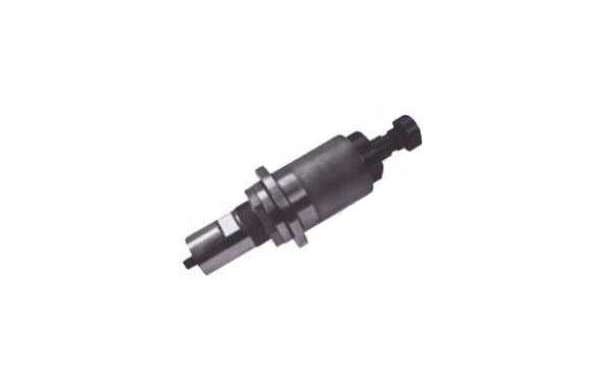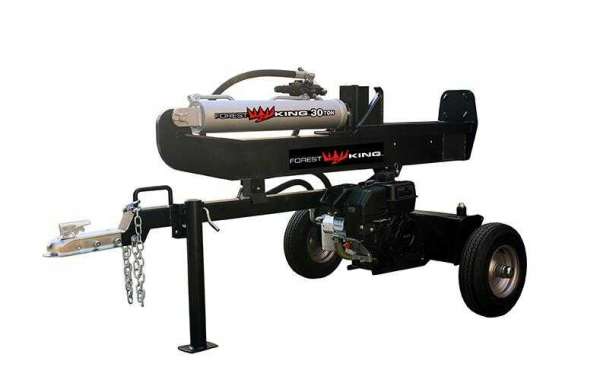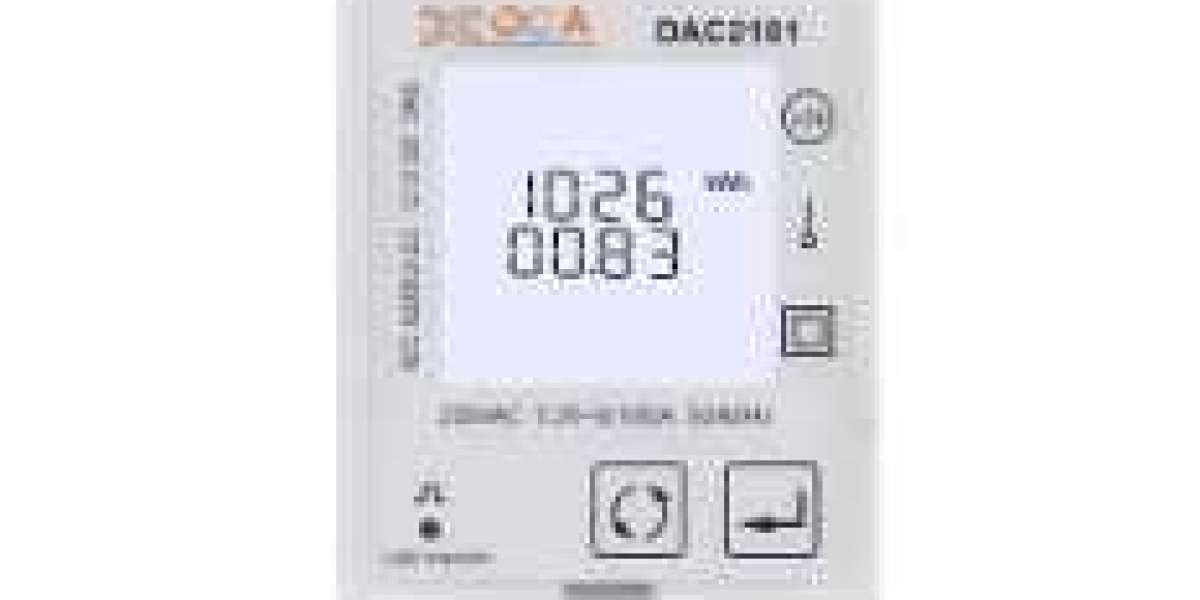In vertical Injection plastic mold, the two halves of the mold move vertically, up and down, to open and close. The injection mechanism is typically located at the top of the mold. Gravity plays a large role in filling the mold cavities, along with the injection pressure. This can help with filling time and consistency.
Vertical injection molding equipment is designed with open clamps and rotary tables. This allows for work with multiple molds and simultaneous operations — pre-molding, injection molding and post-molding. As a result, there is less of a need for manual operation and intervention, as well as higher efficiency, increased productivity and reduced costs.
One key difference in a vertical mold, as compared to a horizontal mold, is that pieces do not automatically fall out of the mold after being ejected (as is the case with horizontal molds). In vertical molds, pieces must be extracted by hand or robotic arm.
Use Cases
Multiple concurrent operations: The design of vertical molds and their use of rotary tables means two bottom halves and one top half can be used in tandum so that pre- and post-molding operations can be occurring while parts are being filled. This is especially useful in operations such as insert molding or overmolding, where inserts or substrates must be loaded prior to resin injection.
Insert and Overmolding: Vertical molds are ideally suited to insert molding and overmolding due to the configuration of the mold. Inserts are naturally held in place by gravity, rather than having to be built into the cavity or use other methods to remain in position.
Pros
More consistent material flow and temperature distribution
Advantageous for insert molding, especially when compared with older or more basic horizontal molding machines
Can easily be manually operated and used with revolving tables to create inlays and combination parts
Machine footprint is half the size of typical horizontal molding machines
Pressure and clamping force required are lower due to the role of gravity in the process
Cons
Manual part removal can be more time consuming
Parts may be damaged during removal by robots or human operators
Removal timing must be precise, which is more difficult in a manual process
Manual removal step can make for inconsistent cycle times
If you have intereests about Ejector sleeve, welcome to your come and purchase!








